Graham Reid | | 3 min read
Wayne Hancock: Flat Land Boogie
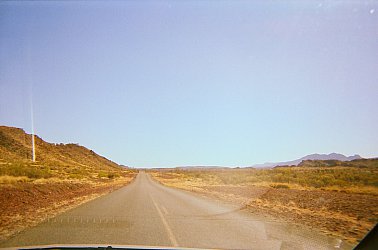
Among my hundreds of photographs in boxes or in my laptop are rather too many of variations on the same theme: a road ahead as seen through the windscreen.
In some it is an unforgivingly straight line of bitumen to the hazy horizon with the Arizona desert on each side, in others it undulates through rural Georgia, in yet more it is winding snake of dust through the Australian Outback, in some the towering mountains of Canada crush in and a beautiful lake lies ahead shimmering under a late winter sun.
These are all roads to somewhere, sometimes just to anywhere. They seduce me and pull me onward, through forbidding terrain or charming countryside, through the South Island of New Zealand, the picturesque south of France or poor villages in southern Italy, the north of California or Canada, west across the arid Texas Panhandle . . .
The peculiar thing is, I never used to feel this pull of the road.
Like most New Zealanders of my age I got my license when I was about 15 -- once around the block and the cop who said, “That’s fine, son” -- but the allure of driving never hooked me. I always used to joke there was nowhere to go in New Zealand: a decent day’s drive and you’d fall into the ocean.
But in the past couple of decades I have discovered the sheer pleasure of heading out on the road, especially in places where there is substantial distance to be covered.
At those times -- in Europe, Canada, Australia, but most particularly in the States where I once memorably spent two months on the road -- I embrace the whole notion of the road trip: I find the local radio stations, grab roadside food to dump on the dashboard and settle in to watch the world whiz by outside the windscreen.
I have many friends who tell me of what they call, “the romance of rail”, but I have never understood the appeal of trains: you see something interesting out the window and wave it goodbye. With a car you can pull over and ask what the “Big Wind Sale” sign means, head up a road called “Nowhere Lane” or turn off into a small town or village which looks like it might be of interest.
There is a poetry in the open road: it is there in the gentle curves of the Natchez Trace up through central Mississippi into Tennessee; the endless straights of the Outback; in the narrow, winding road around the Amalfi Coast in Italy, and the sheer beauty of the new bridge at Millau in the south of France which carves a pathway in the air through the low clouds.
There is something thrilling about coming to the top of a plateau and looking down at the broad back of America as it stretches into the infinite in every direction; I get a physical sense of excitement when I find myself at the bottom of a river valley in British Columbia or at the crater lake on the top of Mt Scott in Oregon.
And the getting there is what matters too: the small towns with strange names like Weed or Orroron; the friendly people in a roadside bar in Florida or the hotel with the ghost in one room; the stockman and shop owners you meet along the way.
The road is more than just a means to an end, a strip to carry you to where you need to be. It is a place in its own right. Driving is an act of discovery, and not just of other people and places but of yourself.
If the road is about freedom then it is the place where you learn how well you handle that liberation from your former life, that safer and more orderly life at home.
Out on the road you learn how little you need -- or how much you require -- structure in your life, how much or how little comfort you can live with, how you respond to constant change or the unexpected.
And when the trip is over what are left with? Memories, photographs, addresses written on beer coaster or napkins, the names of former strangers who have become new-found friends . . .
The thrill is far from gone when the journey ends.
As the American writer John Steinbeck so rightly observed: “Many a trip continues long after movement in time and space have ceased”.

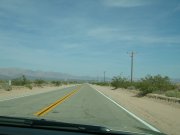

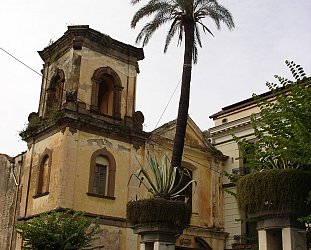


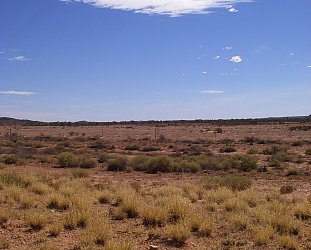
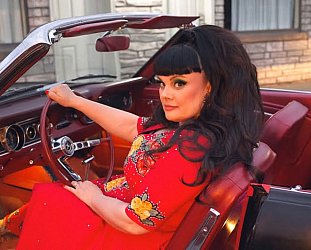

post a comment